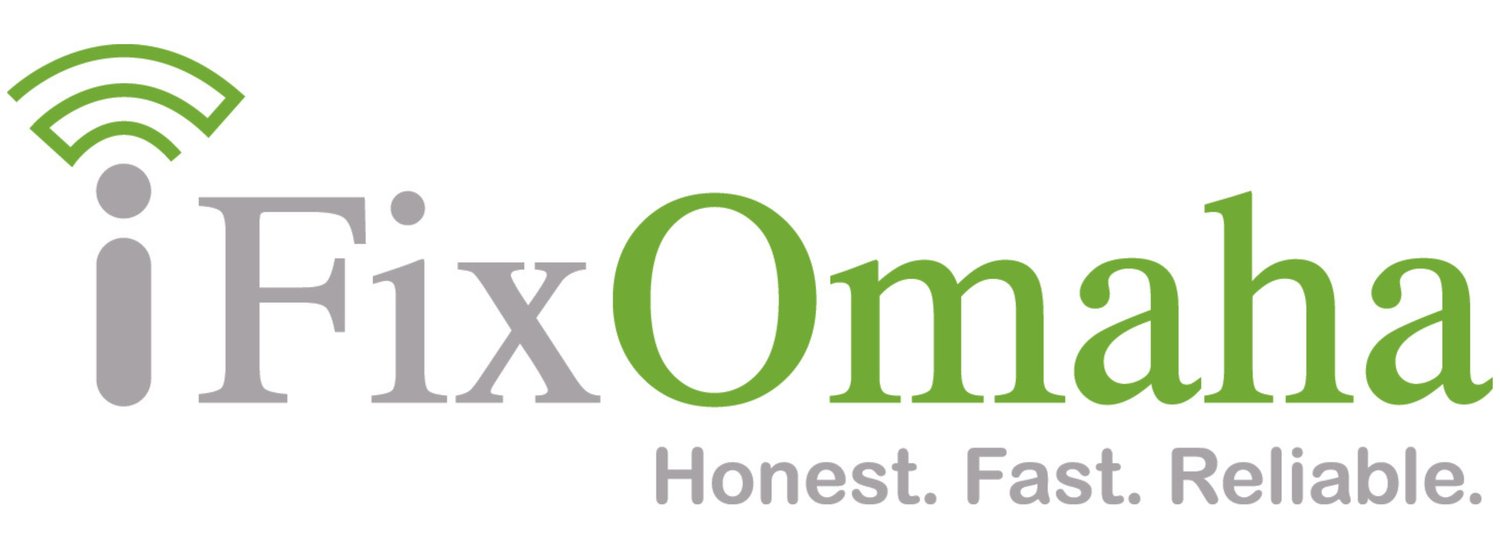Detect and Protect: How to Get Rid of a Virus on Your Computer
Over one million new malware threats are released each year. Computer viruses, trojans, ransomware, adware ... it seems like the Internet is full of threats to our beloved computers.
The best way to deal with any threats to the functioning of your computer is to start early. Detecting a virus and protecting your computer from it is most successful the earlier you start.
In this article, we break down how to get rid of a virus on your computer. Interested to learn more? Keep reading.
How Can I Tell My Laptop Is Infected?
Let's start with the basics. Wondering if your computer has a virus?
It's good to know what you're dealing with and double-check that your computer is infected. After all, you wouldn't want to fiddle around with your settings if it's just a matter of an old or slow laptop!
Following are some easy ways to ensure your laptop is infected:
Your apps constantly crash
The laptop screen freezes unexpectedly
You no longer have access to administrative privileges and controlled system settings
Your antivirus technology is unable to be updated
There is new software or popups that you never installed
Multiple windows keep popping up
You received spam emails and clicked on the prompts it asked you to carry out
Notice some or all of these symptoms? If so, it's time to get rid of that pesky virus.
How to Get Rid of a Virus on Your Computer
So you've identified a virus living on your computer. What do you do next?
Below, we break down virus removal on a step-by-step basis.
Disconnect from the Internet
You'll need to disconnect from any wifi, data, or Internet linkages on your device. Why? Well, some viruses are dependant on the internet connection to spread.
By disconnecting from wifi, you reduce one possible connection the virus can use to take over your computer.
Reboot Your Computer
You will need to turn on 'safe mode' on your device. For this, you will likely need to reboot your laptop.
Simply switch your laptop off and then switch it back on (or do a system restart). Then press F8, and you should see the 'advanced boot options' menu pop up on the screen.
You will see an option that reads 'safe mode with networking.' Click on that, and you'll be rebooted into safe mode!
Delete Temporary Files
Likely the virus has downloaded unneeded files onto your device, and these could be the seed for the virus to spread further. Or else, some viruses remain programmed to start when the device starts back up.
Thus, you'll need to delete any new or temporary files on your computer. To do this, begin by clicking the Windows logo on the bottom left of your screen. Type in 'temporary files' in the popup.
Choose 'free up disk space by deleting unnecessary files.'
You will need to find and select 'temporary internet files' and click ok. You'll be asked to confirm the deletion, so go ahead and do that.
Detect and Protect:
How to Get Rid of a Virus on Your Computer
Some Other Things You Can Do
If you have a minor virus, the above steps should help eradicate it from your computer. However, the above steps may not work on all viruses. Run a virus scan with your security software to check the status of the virus.
If you're still wondering about how to get a virus off your computer, try the following few steps:
Delete and Quarantine the Virus
If your security software did indeed detect a virus, it might affect many of your pre-existing files.
The best option here is to remove the files and get rid of the virus. Select the option of 'delete' or 'quarantine' (if you want to keep your files for later) to remove the virus.
Change Your Passwords
Your passwords were likely compromised in the breach. Be sure to change all your passwords if the virus captured them. And don't make the mistake of writing down your new password in a note on your laptop!
That can become subject to virus breach too. Just pick a strong password and write it down on paper for safekeeping.
Update Your Systems
You can also update your existing software, browser, and operating system within your device, and this will reduce the likelihood of being targeted at a later time. You can also install a virus computer cleaner to ensure the breach doesn't happen again.
Simply click 'scan computer for virus,' and you should have an answer.
There are two kinds of virus scanners you can install to identify and remove malware in your system:
Real-time scanner: This will scan your plans while you are at work on your computer
On-demand scanner: This will process virus detection only when there is a need or you wish it to
Both options are compelling to detect viruses and protect your systems against them.
Computer Viruses: Not So Scary Anymore
Dealing with a virus on your computer can be daunting and intimidating.
However, if you're equipped with the technical know-how on getting rid of said virus, you're golden. That's why we hope this article answered the most important of questions - 'how to get rid of a virus on your computer.'
At the same time, not all viruses are made equal. If you're dealing with a particularly severe virus and the above steps aren't working for you, it may be time to call in the professionals. At iFixOmaha, we offer honest, fast, and reliable repair services for all your technology needs.
Click here to book an appointment with a repair specialist today!


